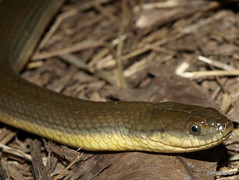The Pallikaranai marsh at Velachery never ceases to amaze me. People tell me stories of how it was a wetland with scores of birds ... but to me its just Madras' rubbish dump.
And as Madras went through successive summers with poor rain and the wetlands dried, we even decided to build huge buildings in it. And of course the rains came, and oops all the buildings were marooned. So, instead of removing the buildings we now need to drain the marsh don't we?!
The greenies shouted themselves hoarse, in an attempt to reclaim the marsh...and atleast no further development is to happen in the area that has now been declared as protected.
So what's so amazing? Well, quite oblivious to all these political battles are the black-winged stilts, who populate these marshes in their thousands. They take off as a flock, frightened by a marauding marsh harrier, and then land at a safe distance, their long red legs and black wings making them look better in flight than when they are wading in the waters.
Any time you visit the wetlands, these birds are a sure shot.

And last month, Skandan came across this nesting pair. So, more stilties to follow!
 Lets hope that the marshes don't die, and continue to be home to these birds and more.
Lets hope that the marshes don't die, and continue to be home to these birds and more.
 Lets hope that the marshes don't die, and continue to be home to these birds and more.
Lets hope that the marshes don't die, and continue to be home to these birds and more. ...And my son could tell his kids, there used to be a garbage dump here, you know.



 The red-whiskered bulbul, with his mohawk crest
The red-whiskered bulbul, with his mohawk crest Oriental white-eyes
Oriental white-eyes White-throated kingfisher - Photo by Mr Ramanan
White-throated kingfisher - Photo by Mr Ramanan

%2Bcopy.jpg) Photo by Preston Ahimaz
Photo by Preston Ahimaz%2Bcopy.jpg) Photo by Preston Ahimaz
Photo by Preston Ahimaz
